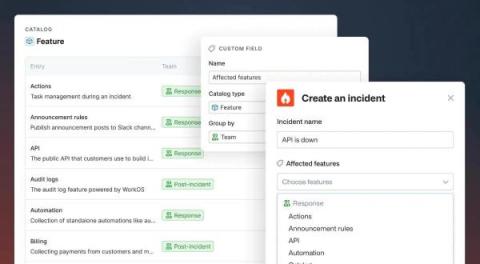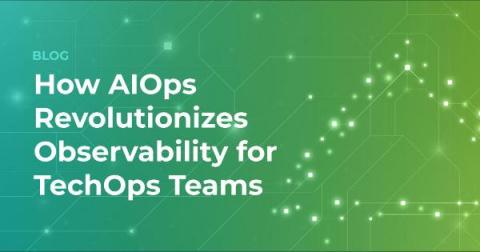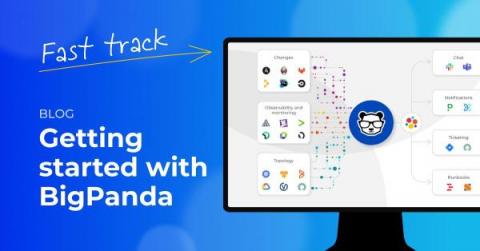How our product team use Catalog
We recently introduced Catalog: the connected map of everything in your organization. In the process of building Catalog as a feature, we’ve also been building out the content of our own catalog. We'd flipped on the feature flag to give ourselves early access, and as we went along, we used this to test out the various features that Catalog powers.











